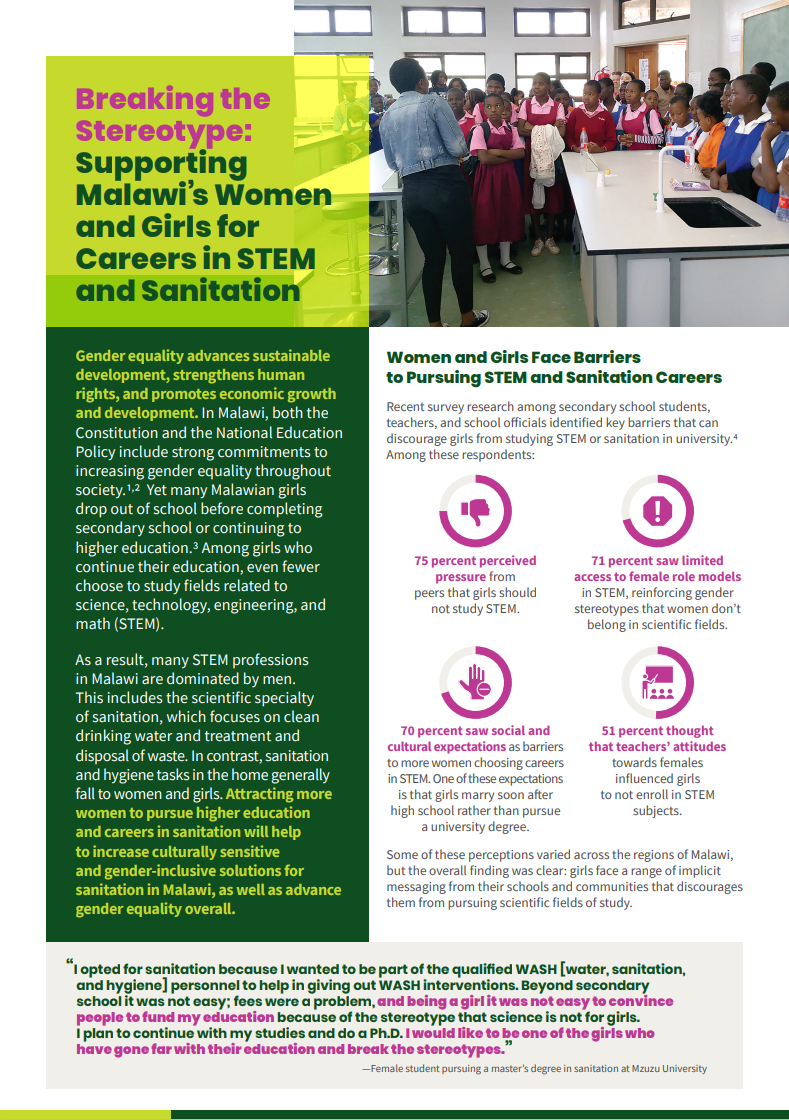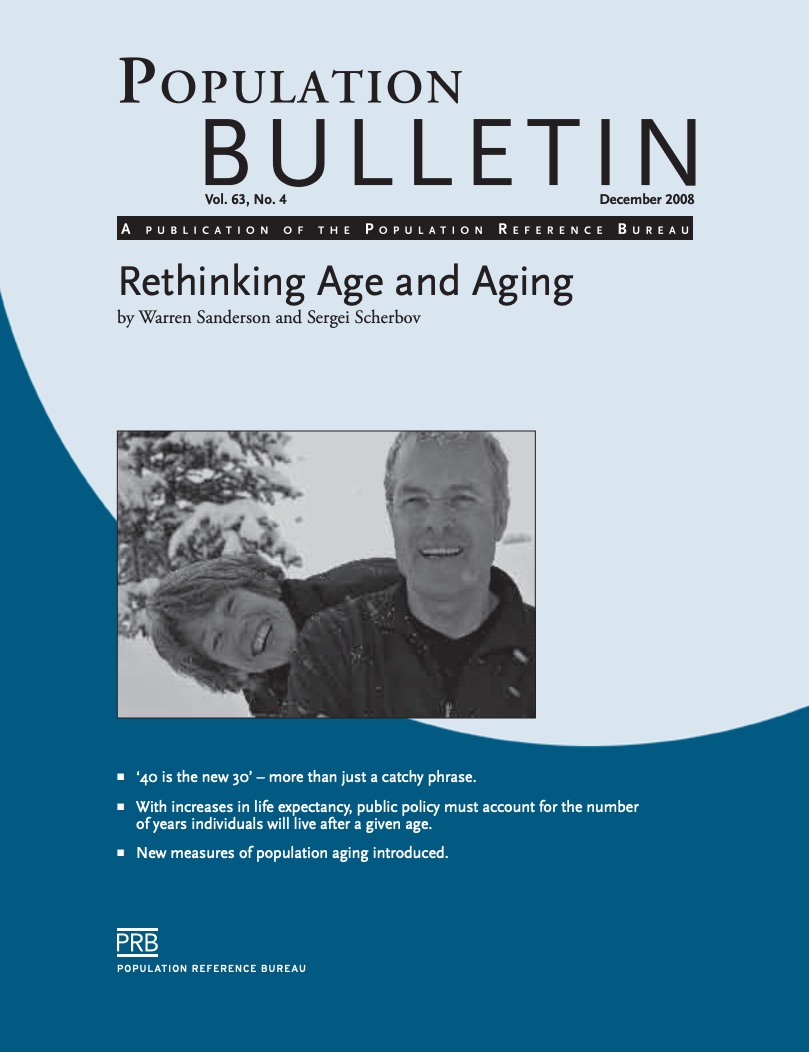607 Search Results Found For : "Дизайн Человека Виктория Джем Рейтинговый Эксперт Дизайн Человека Human Design metahd.ru"
The Poor-Rich Health Divide
(2004) Sweeping changes in public health have transformed life over the past century. On average, people live longer, healthier lives than ever before. Even so, this past century's revolution in human health and well-being is incomplete. For people living on less than US$1 per day — and according to the World Bank there are more than 1 billion of them — health services and modern medicines are still out of reach.

Project: Research Technical Assistance Center (RTAC)
Breaking the Stereotype: Supporting Malawi’s Women and Girls for Careers in STEM and Sanitation
Gender equality advances sustainable development, strengthens human rights, and promotes economic growth and development.
In Memory of Bill Butz and Carl Haub
Current and former PRB staff members share their tributes to two PRB greats

Project: Center for Public Information on Population Research (CPIPR)
Family Life Is More Complicated Than Ever
(2020) The coronavirus pandemic—coupled with ongoing demographic trends—is making family life even more complicated for Americans. Millions of families are at increased risk of falling into poverty due to pandemic-related job losses, and social distancing protocols are separating some children from their parents who live in a different household.
Environmental Change, Migration, and Gender
(2012) Men and women experience migration differently. The pressures to migrate, destination choices, employment prospects, and implications for social relations back home all vary by gender.

Population Bulletin, vol. 63, no. 4: Rethinking Age and Aging
(December 2008) According to the United Nations (UN), "Population ageing is unprecedented, without parallel in human history and the twenty-first century will witness even more rapid ageing than did the century just past."
